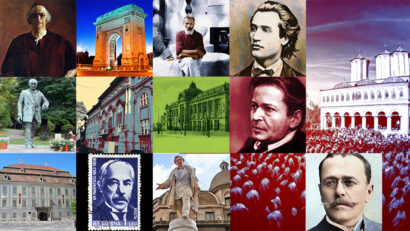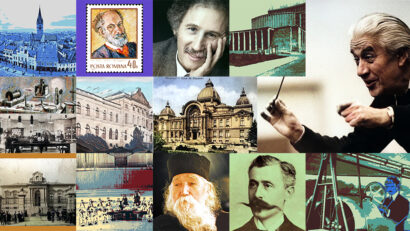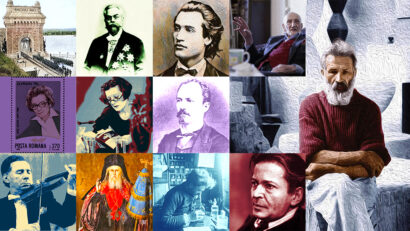The Village Museum
Anyone visiting the open-air Village Museum, a nice and quiet place right at the city exit, can admire some of the most representative architectural styles in the villages of Romanias historical provinces
Christine Leșcu, 01.06.2013, 16:54
The Village Museum, the one that would become the best-known museum in Bucharest, and not only, opened its gates on May 17th, 1936. The museum came to life at the initiative of sociologist Dimitre Gusti, who had conducted extensive research by himself and also together with teams of the School of Sociology in Bucharest. For 10 years, teams made up of experts in ethnography, sociology and musicology went across Romanian villages to collect data for an extensive and multidisciplinary monograph of a world already on the brink of extinction: the traditional rural world.
The Village Museum has its roots in the sociologist’s wish to preserve that world in a protected and specialized environment, in the northern outskirts of Bucharest, near Baneasa Lake.
Paula Popoiu, the current director of the Dimitrie Gusti National Village Museum takes us back in time: “Before the National Village Museum came to life, research was conducted in over 600 Romanian villages, starting 1925. A scientific method was developed, the monographic method, monographs were written and recordings were made using the most modern devices of the time. The School of Sociology in Bucharest is not only a cultural stronghold, but also a scientific one, the place that saw the birth of the most modern ethnographic research method of the time. Dimitrie Gusti also had that dream called the Village Museum. He wanted to create that village, which, by keeping its specificity, would be modernized with regard to utilities, something that we are apparently still dreaming of, because that model village has not yet appeared in this country. Then, Dimitrie Gusti was minister, the director of the Romanian Social Institute and he ran specialized magazines. He was also extremely charismatic because it’s not easy to bring around yourself people like Henri Stahl, Anton Golopentia or Gh. Focsa, huge names in the field of sociology”.
In May 1936, 29 traditional houses, one wooden church from Maramures, five windmills, one watermill, an olive press, a fishery and various outhouses specific to the Romanian traditional village were brought over and fitted up again. Given that the newly-instated communist rule at the time wanted to shut it down, the museum has a rich heritage.
Director Paula Popoiu: “The museum has evolved a lot. In 1936 there were 29 houses that were brought here and erected by craftsmen in only six months. In its present-day form, the museum comprises 360 houses and monuments, over 250,000 documents in collections, including documents dating back to the Romanian School of Sociology in Bucharest. We also have a collection of glass blocks, which are invaluable visual documents, and a collection of over 60,000 items, including highly valuable icons, folk costumes and pottery, items that are no longer to be found in modern-day villages. At present the Museum is the most popular museum in Bucharest, in Romania and abroad. We sell 300 to 350 thousand tickets every year, depending on the tourist flow. But we also have lots of discounts, there are many children who take part in the creative workshops. Overall, we have over 400 thousand guests”.
Anyone visiting the open-air Village Museum, a nice and quiet place right at the city exit, can admire some of the most representative architectural styles in the villages of Romania’s historical provinces: Banat, Oltenia, Wallachia, Moldavia, Dobrogea and Transylvania.






























